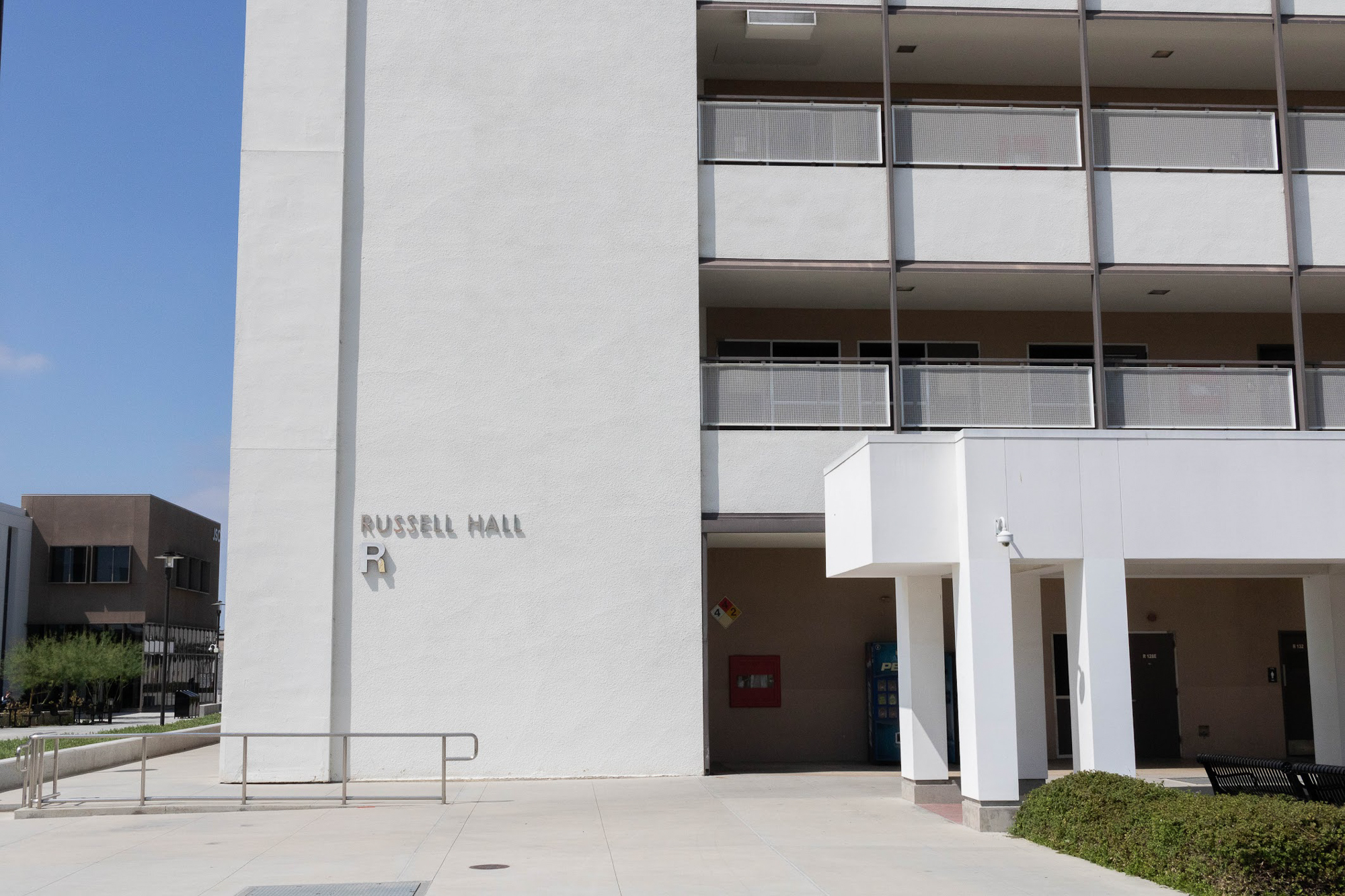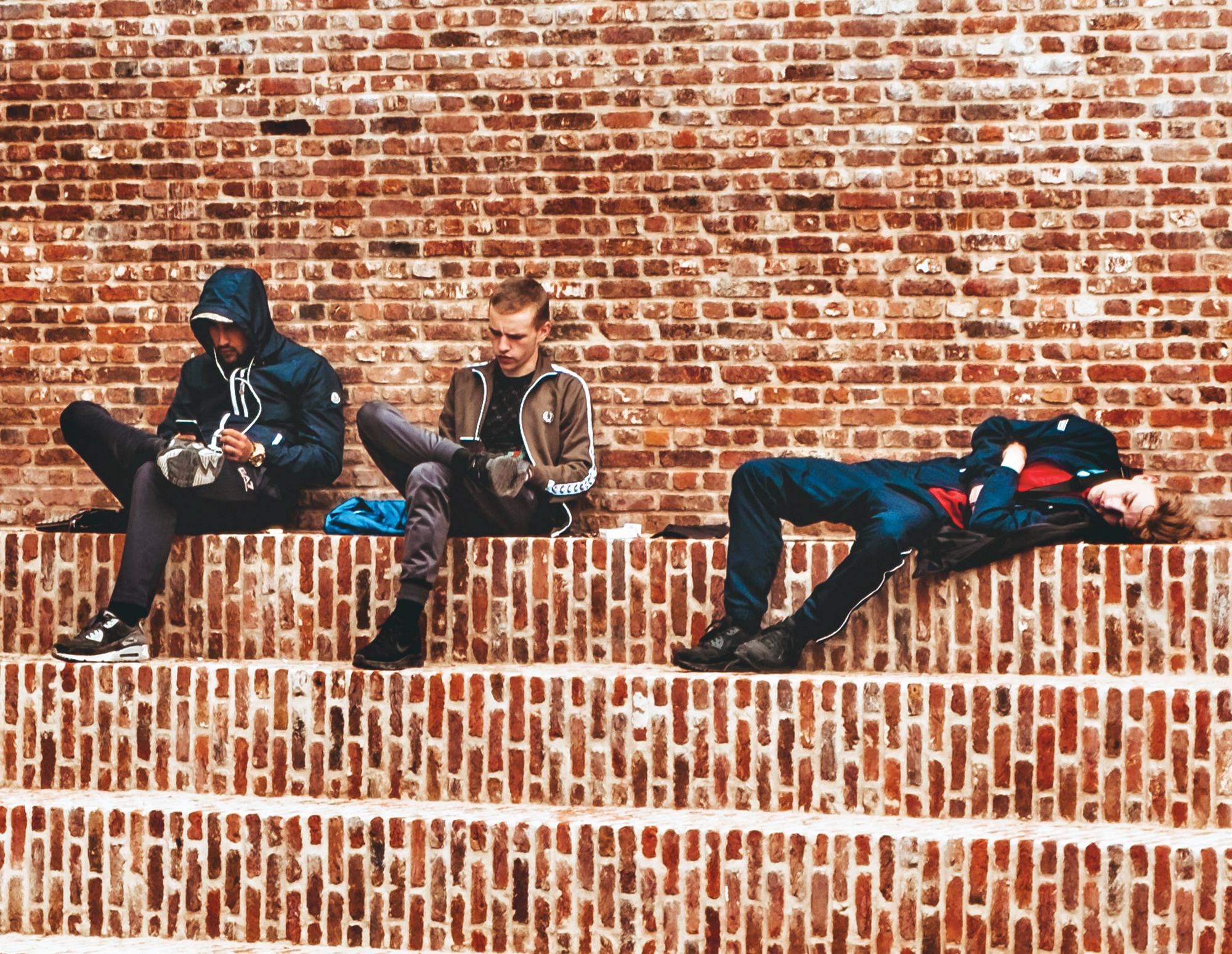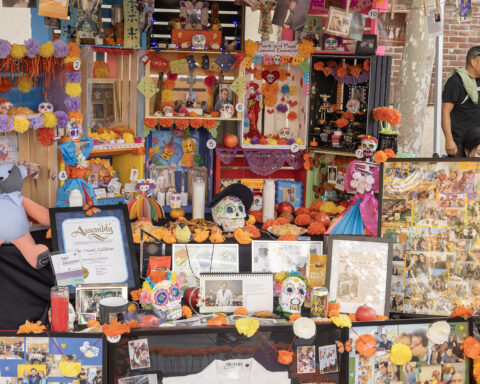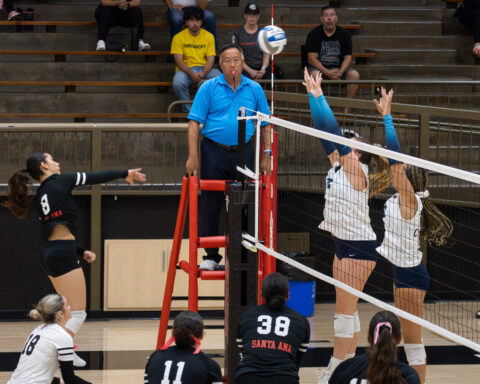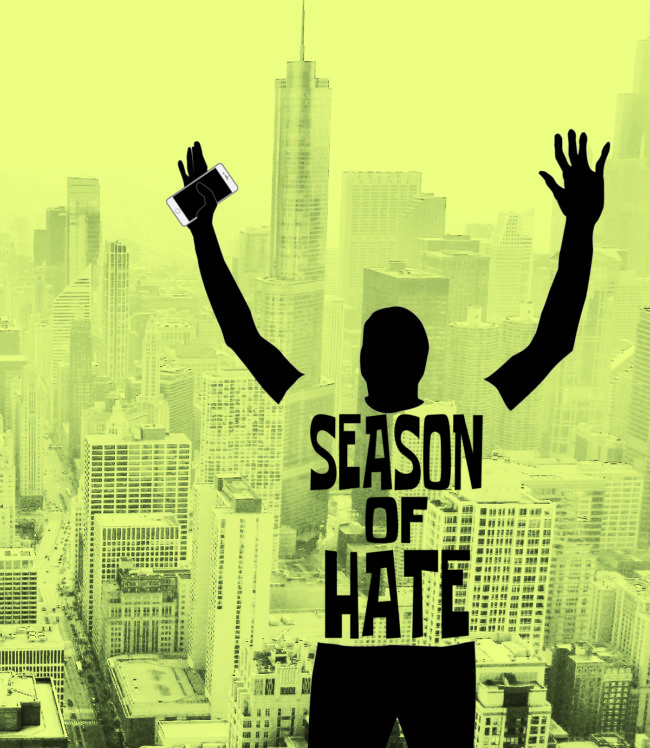
It was a Latin-themed night at Pulse nightclub in Orlando in June when gunman Omar Mateen, a U.S. citizen who pledged allegiance to ISIS, shot and killed 49 members of the LGBTQ community inside the club and injured another 53.
Amanda Alvear, a Pulse patron, recorded the sounds of the shooting on Snapchat. Minutes later, Alvear was shot and killed by Mateen.
The nightclub incident was the first in a string of violent, high-profile events that took place nationally and internationally over the summer that were covered through social media and news media outlets.
As the weeks progressed, the summer filled with scenes of death from around the world, causing millions of Americans to reflect on and react to issues of race, religion and social conscience.
Lance Lockwood, a professor of communication studies at Santa Ana College, was among those watching the news media coverage of the Orlando killings.
Lockwood, who’s visited Pulse, said he was upset that media shifted its focus to the killer and not the victims of the LGBTQ community. He felt the incident was quickly forgotten by the media.
“It’s difficult for me as a gay man to mourn for America when America won’t mourn for me,” he said.
The violence continued on July 1, when terrorists attacked a café in Dhaka, Bangladesh and held hostages captive for hours. Twenty hostages and two police officers died during the siege, which was live-tweeted to the world by residents and journalists.
Four days later, in Baton Rouge, Louisiana, two police officers shot and killed Alton Sterling, a 37-year-old black man who was selling CDs outside a liquor store. The incident was caught on a cell phone video, and went viral on social media.
Less than 24 hours later, Philando Castile’s death was broadcast live on Facebook by his girlfriend. Castile was shot by a Minnesota police officer after being pulled over for a minor infraction, which escalated when Castile revealed that he had a legally concealed weapon. He bled to death as a nation watched via social media.
Both shootings helped give fuel to the Black Lives Matter movement, which began after the acquittal of George Zimmerman in the death of Trayvon Martin in 2013 and became a nationally recognized group following widespread protests of the 2014 deaths of Michael Brown in Ferguson, Missouri and Eric Garner in New York City.
The day after Castile’s death, on July 7, in Dallas, a Black Lives Matter protest in response to the killings of Sterling and Castile turned fatal when a military veteran targeted and killed five police officers using high-caliber automatic weapons.
It was the single deadliest incident for U.S. law enforcement since 9/11. Police officers were also shot the following day in Georgia, Tennessee and Missouri.
SAC student Scott Frank has taken notice of the Black Lives Matter campaign and coverage. He says that everyone is a target for violence, not just one single group.
“These groups are specifically manipulating and only focusing on certain demographics and using those to create a movement that doesn’t necessarily need to exist,” said Frank. “Like in the case of Black Lives Matter, which is addressing an issue — police violence affects everybody in America, but by focusing on one group by selectively sharing things on social media they’re not focusing on other groups that are also affected.”
The killings did not stop there.
On July 14, Mohamed Lahouaiej-Bouhlel drove a 19-ton truck into a crowd in Nice, France, leaving 84 dead, as bodies of children and the old lay scattered across the Promenade des Anglais on Bastille Day.
August was reported as being the deadliest month for Milwaukee in more than two decades. In that same month, a picture of a 5-year-old boy rescued from the site of an airstrike on Syria spread across social media and ended up on the pages of magazines, websites, and newspapers around the world leaving many to search their hearts for answers to the continuing escalation in violence.
Abel Arredondo, a program specialist for SAC’s Veterans Center, watched the news coverage throughout the summer.
Arredondo said that, while we are living in violent times, it’s nothing new. He also said that social media targets youth, as they are quick to believe what they see.
“I’m older so I’m more cynical, but the younger people they follow like lambs to a slaughter,” he said. “Youth is very impressionable, they’ll believe whatever people say or what they see. The whole Black Lives Matter movement, the White Lives Matter movement and the Brown Lives Matter movement, what’s it all about? Nobody knows. I think it’s all racist.”
On the other hand, there are students like Monica Hernandez who after watching the events of the summer unfold now feel uneasy.
“I don’t feel safe,” she said. “Anyone can pop out of nowhere, even here in school.”
As the start of fall approaches, one thing is certain: social media will continue to keep users updated on crimes at all hours of the day and night.
“We want to portray everybody as living in a Utopian world but that’s not the case,” said Arredondo. “That will never be, we’re human…we’re always going to have problems.”
- District Prepares For Possible Budget Shortfall - May 22, 2017
- SAC Softball Makes SoCal Playoffs - May 1, 2017
- Sugar Daddy Relationships Are a Popular Way to Graduate Debt-Free - March 23, 2017


